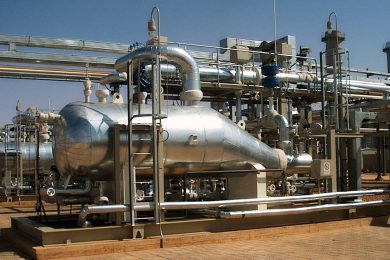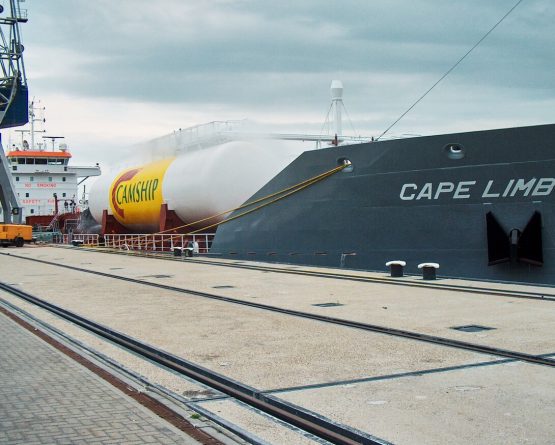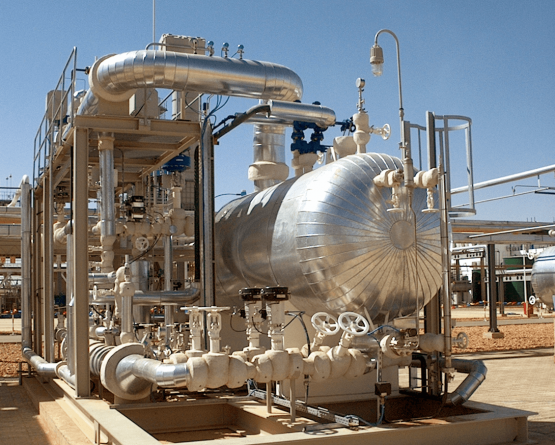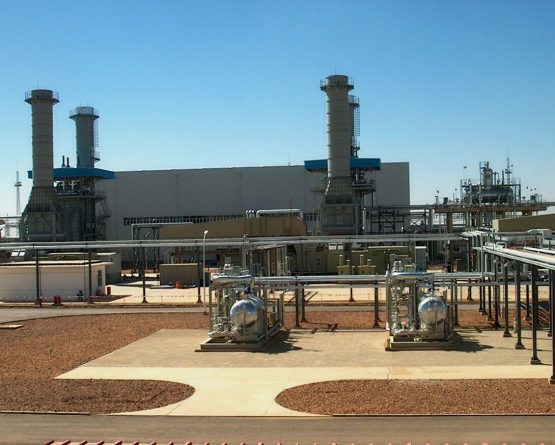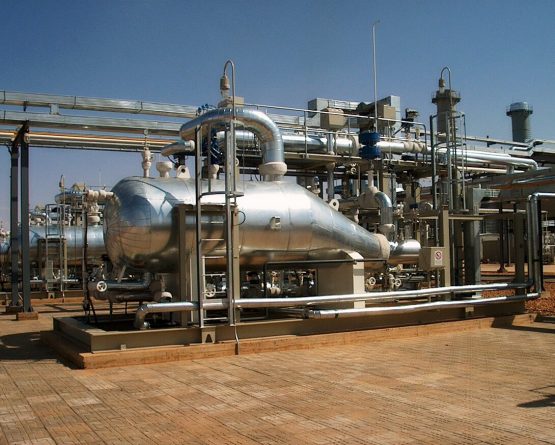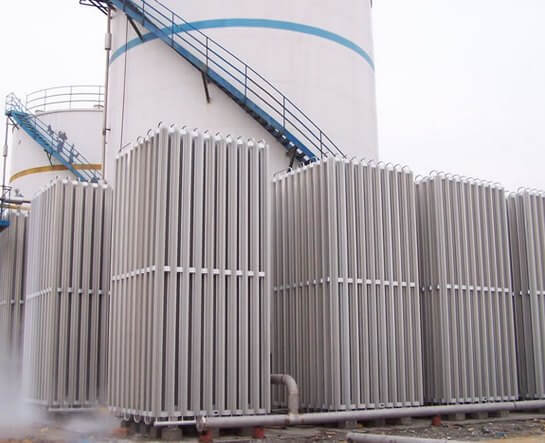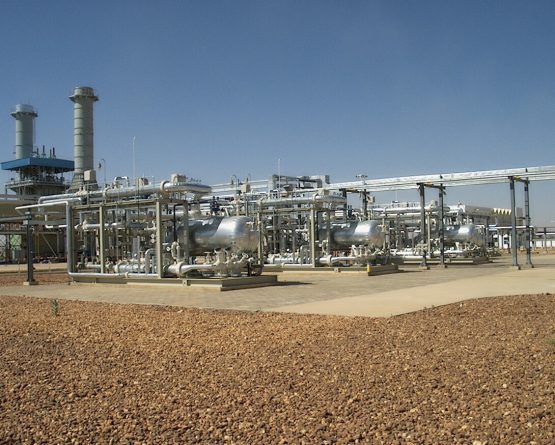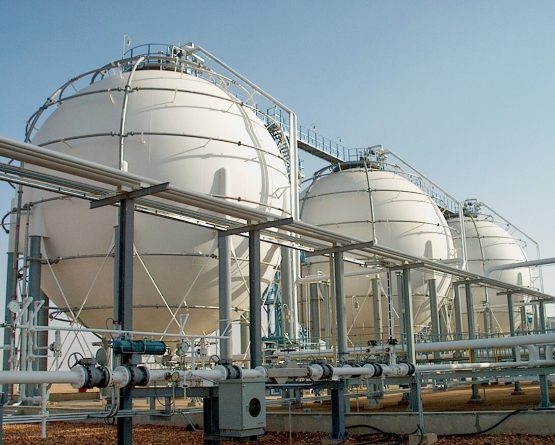Evaporator systems must work safely and efficiently at all times, so we build quality and reliability into our skid-mounted units right from the start. Every component, down to the valve seal material, is selected for its optimal suitability for every specific situation. Also the operating principle is fine tuned to each case.
That’s why many of the world’s leading Engineering, Procurement & Construction (EPC) contractors and end users turn to Petrogas for peace of mind. We have supplied evaporating systems to refineries, power plants and industrial consumers.
Process Description
System sections
Loading & Unloading Pumps
Land-based loading & unloading pump sections allow trucks and/or railway cars to be connected to the piping system. Likewise, vessel-mounted sections travel with the ship and containment system to make a vessel self-sufficient in transferring cargo.
After a secure and safe connection is established, the contents can be pumped into or from the connected vessel. Our systems are among the safest in the world, and include a variety of safety features such as interlocks to completely rule out human error.
Vapor Recovery Compressor
Vapour recovery from any vessel or process is important to reduce the emission of gases. The gases usually are a hazard to the environment and are a valuable substance. One way of effectively reducing emission so is by compressing gases coming out of a process and storing the end product in a pressurized vessel.
Fire Fighting System
Natural gas contains numerous component gases but by far the greater percentage is methane (CH4), which represents between 60 and 95 per cent of the total volume. This fact is important when considering the safety aspects for fire-fighters tackling an LNG fire.
During the initial period of vaporisation of the gas, ignition may be accompanied by a flash of varying proportions. Depending on the solution and customer requirements Petrogas can support in the applicable fire fighting system.
Liquid Storage Vessels
The spherical storage vessels (also known as Horton spheres, named after the builder of the first ones) contain anywhere from tens to hundreds of m3 of liquid LPG. The spheres or bullets contain pressurised LPG or any other hydrocarbon gas in liquid form.
Forwarding Pumps & Buffering
The explosion proof forwarding pumps route the liquid from the storage sphere through an optional buffer vessel (to prevent frequent startup of the pumps) to the vaporizing system. The pumps are of a special design, featuring a motor submerged in LPG liquid to prevent any leakage along the shaft.
Vaporizer & Super Heater
The vaporizer adds heat to the liquid, enabling a phase change to gas without losing pressure.
Petrogas can advise you on the optimal type of vaporizer for your specific process, e.g. a horizontal or vertical type, and the optimal heating source. Using the same heat source as the vaporizer the super heater heats the gas further, to prevent condensation in downstream piping.
Condensate System
When steam or hot water (waste heat from elsewhere on the plant) are used as heat source, the condensate system (in case of steam) or water return system (in case of hot water) collects and stores the vaporizer heater bundle effluent. This effluent is checked for traces of fuel to make sure the system remains perfectly sealed. If no contamination is detected, the condensate is stored in a tank, prior to being forwarded back to the heat source for re-use.
Analyzing
The analysing system checks the presence of hydrocarbons in the effluent passing through the condensate system. Various high end analysers from renowned manufacturers can be installed upon your requirement.
If trace amounts of hydrocarbons are detected, the relevant vaporizer is automatically taken off line and a backup unit is started.
Flare System
Unwanted gasses and condensates can be disposed of through a flare, reducing the emission of green house gases into the environment. Substances drained from the main system can be accumulated in a slop tank, the flare is fired up when this tank reaches a given level.
Contact us
Would you like to discuss your project with our Experts? Please feel free to contact us.
Direct contact with our Experts
Your interest
Liquefied Hydrocarbon Gas Conditioning
